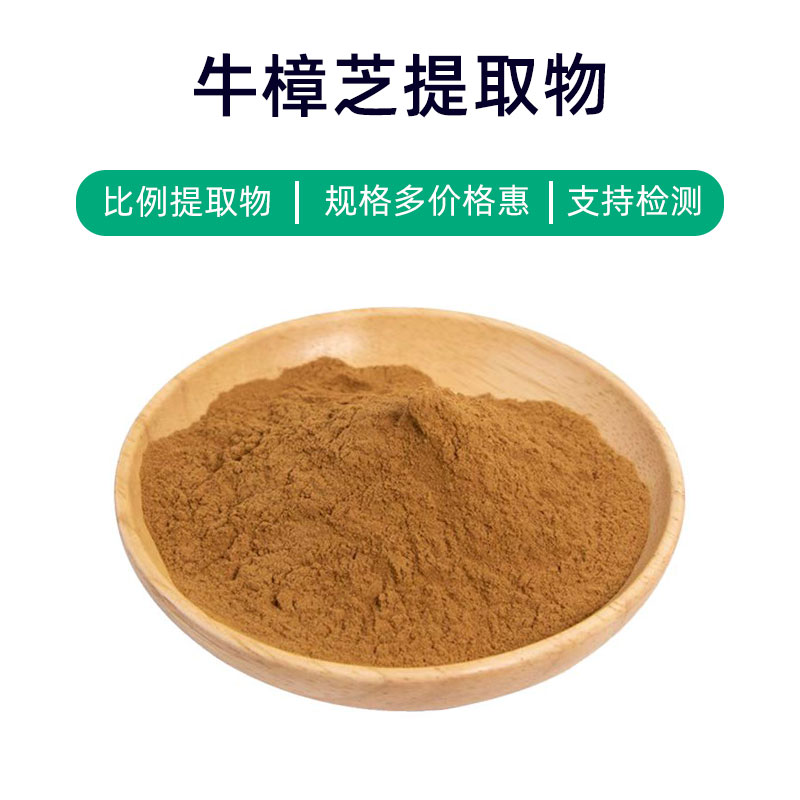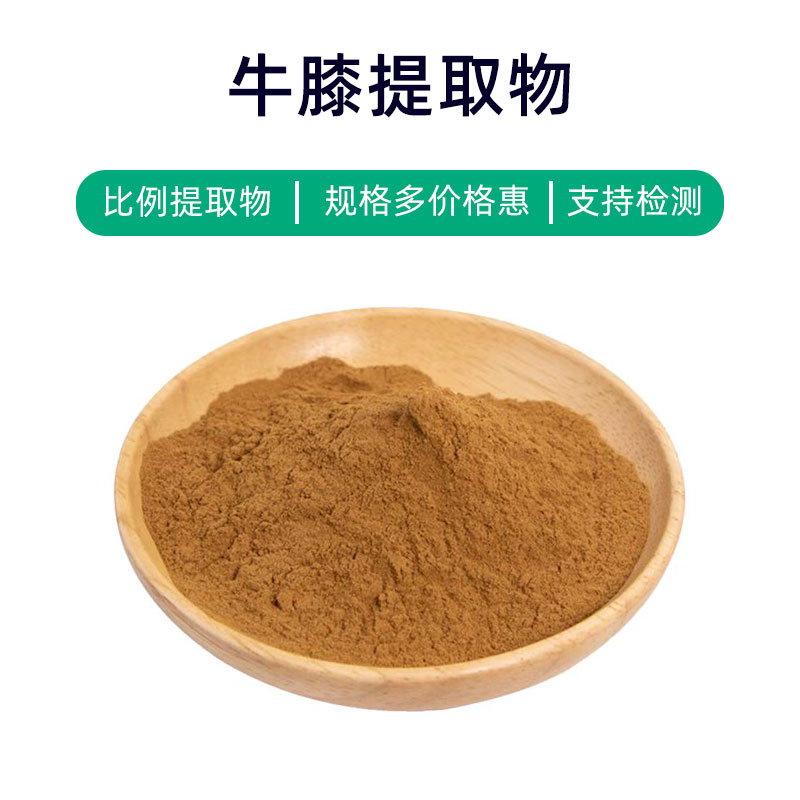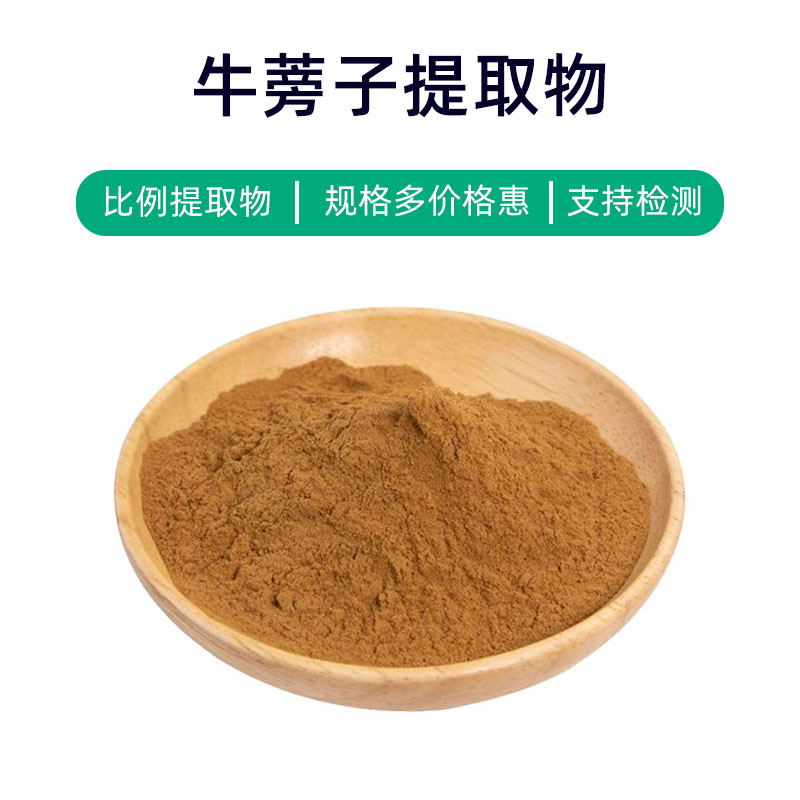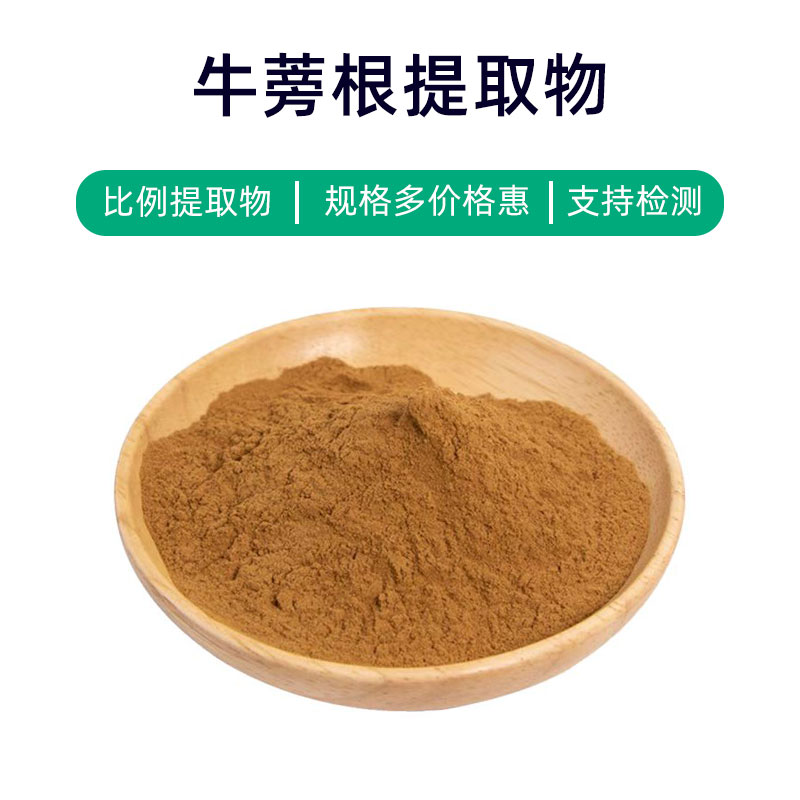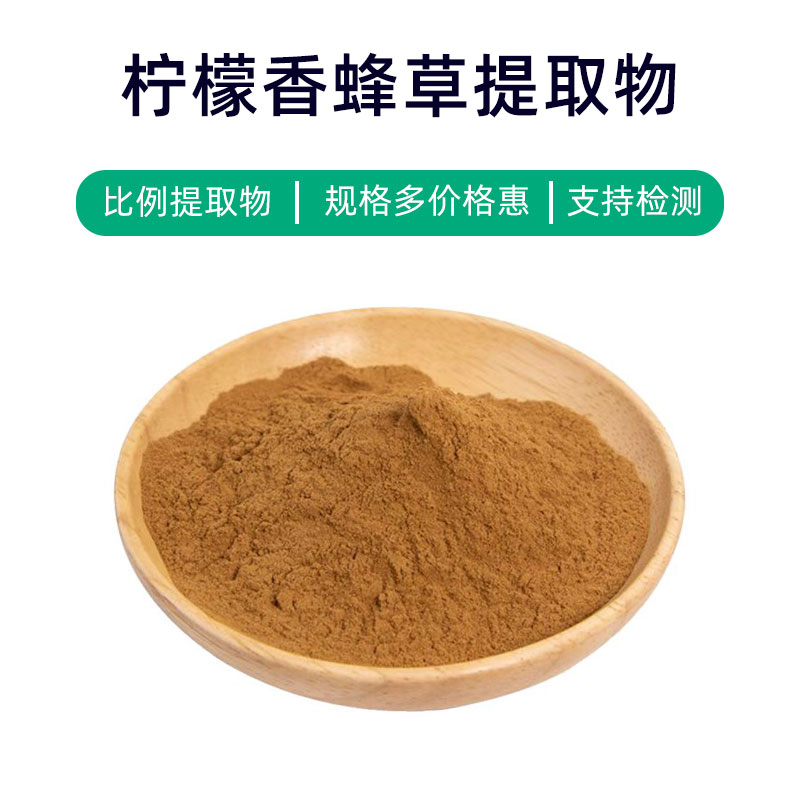Ganoderma Extract Product Description
Ganoderma extract is a natural herbal extract obtained from the Ganoderma fungus. Its main components include polysaccharides, triterpenes, proteins, amino acids, and polyphenols, which provide various benefits and applications.
Firstly, Ganoderma extract is widely used in the medicinal field. Research indicates that it helps enhance immunity, regulate blood sugar, and protect the liver. Its polysaccharides and triterpenes are considered the primary pharmacologically active components that boost immune function, protect the liver, help regulate blood sugar levels, and are beneficial for cardiovascular health.
Secondly, Ganoderma extract has garnered attention in the supplement industry. As a health supplement component, it is used to enhance immunity and improve sleep quality, often viewed as an ideal choice for those looking to improve their health.
Additionally, Ganoderma extract is extensively used in cosmetics. Its polyphenols exhibit antioxidant and anti-inflammatory properties, making it suitable for anti-aging, moisturizing, and soothing skin. An increasing number of cosmetic brands are incorporating Ganoderma extract as a key ingredient in their products to meet consumer demand for natural skincare solutions.
In summary, Ganoderma extract is a natural herbal extract with multiple benefits and applications, including in pharmaceuticals, supplements, and cosmetics. Its primary components provide antioxidant, anti-inflammatory, and immune-regulating properties, making it highly sought after.
Ganoderma Extract Production Process
The production process of Ganoderma extract is a complex and meticulous one that involves several steps:
- Collection and Selection: First, mature Ganoderma should be harvested in suitable seasons and environmental conditions. After collection, the fungus is sorted to remove impurities, ensuring the purity and quality of the extract.
- Grinding and Crushing: The selected Ganoderma is then ground and crushed to increase extraction efficiency and facilitate the extraction of active components.
- Extraction Process: Appropriate solvents (such as water or ethanol) are used to extract the Ganoderma. Extraction conditions, including temperature, time, and solvent concentration, are controlled to ensure a high yield and quality of the extract.
- Filtration and Concentration: The extract is filtered to remove solid residues and impurities. Then, methods like evaporation or reduced pressure concentration are applied to remove the solvent, yielding a concentrated extract.
- Drying and Powdering: The concentrated extract is dried to eliminate residual moisture, achieving the proper moisture content. The extract is then ground again to obtain a powdered form of Ganoderma extract.
- Packaging and Storage: Finally, the extracted Ganoderma is packaged, typically in sealed containers to prevent moisture or contamination. It should be stored in a cool, dry place, avoiding direct sunlight and high temperatures to maintain stability and activity.
The entire production process requires strict control of various parameters to ensure product quality and stability. It must also comply with relevant pharmacopoeial standards and quality control requirements to ensure the extract's safety and effectiveness.
Ganoderma Extract Effects and Side Effects
Ganoderma extract is a widely recognized natural plant extract used in medicine, supplements, and cosmetics, with many reported effects and benefits. Here are the primary effects:
- Immune Regulation: Studies show that Ganoderma extract significantly enhances immune response, improving the body’s resistance and aiding in the prevention and improvement of various diseases through immune system regulation.
- Antioxidant Properties: Rich in natural antioxidants like polysaccharides and triterpenes, Ganoderma extract effectively removes free radicals, slows aging, and protects cells from oxidative damage.
- Anti-Inflammatory Effects: Research indicates that Ganoderma extract contains components with anti-inflammatory properties, helping to suppress inflammatory responses and alleviate symptoms of inflammatory diseases such as arthritis and inflammatory bowel disease.
- Anti-Tumor Effects: Active components in Ganoderma extract have shown anti-tumor activity, inhibiting the growth and spread of tumor cells and promoting their apoptosis, which can be beneficial for cancer prevention and adjunctive treatment.
- Blood Sugar and Lipid Regulation: Studies have found that Ganoderma extract can help regulate blood sugar and lipid levels, lowering both, which assists in the prevention and improvement of metabolic diseases like diabetes and hypertension.
- Liver Protection: Ganoderma extract is believed to protect the liver, reducing liver damage and promoting liver cell regeneration, with noted effects in preventing and treating liver diseases such as hepatitis and fatty liver.
- Sleep Improvement: Findings suggest that active components in Ganoderma extract can improve sleep quality, alleviating insomnia, anxiety, and other sleep disorders.
- Cardiovascular Health: Ganoderma extract is thought to lower blood pressure, reduce cholesterol, and have anti-thrombotic effects, contributing to the prevention and management of cardiovascular diseases.
While Ganoderma extract offers numerous benefits, caution is advised during use. Long-term high-dose consumption may cause mild digestive discomfort, such as nausea or diarrhea, but serious side effects are generally rare. It is recommended to follow medical advice or product instructions, paying attention to dosage and usage to ensure safety and effectiveness.
Ganoderma Extract Usage Scenarios and Dosage
Ganoderma extract, with its rich medicinal value, finds widespread application in pharmaceuticals, food, and cosmetics. Here is an introduction to its usage scenarios and dosages:
- Medical Applications:
- Usage: In medicine, Ganoderma extract is often used as a traditional medicinal material for immune regulation, antioxidant action, anti-inflammatory, and anti-tumor purposes.
- Dosage: Generally, the recommended adult daily dosage is 3-9 grams, which can be divided into 2-3 servings; for children, the dosage is typically half or a quarter of the adult dosage, adjusted per medical advice.
- Food Applications:
- Usage: In the food sector, Ganoderma extract is used to make health foods and functional foods, providing benefits like immune enhancement, antioxidant action, and regulation of blood sugar and lipids.
- Dosage: Typically processed into powder or liquid forms, it is added to food at a daily dose of about 3-5 grams, with specific amounts adjusted according to product instructions.
- Cosmetic Applications:
- Usage: In cosmetics, Ganoderma extract is widely used in skincare products and beauty items for its anti-aging, moisturizing, and skin-repairing benefits.
- Dosage: It is commonly added to lotions, masks, serums, etc., with a typical proportion of 1%-5% of the total formulation, adjusted based on product recipes.
- Other Applications:
- Health Supplements: Ganoderma extract is also often used to create health supplements like Ganoderma oral liquids and capsules geared toward boosting immunity and improving physical health.
- Beverages: Some Ganoderma-based beverages are gaining popularity as functional drinks, recognized for their immune regulating and energy-boosting effects.
In conclusion, Ganoderma extract has broad applications in the pharmaceutical, food, and cosmetic fields, but careful attention to proper dosages is essential, adhering to product guidelines or medical advice to ensure safe and effective use. Given the possibility of interactions with other medications or ingredients, it is advisable to consult a healthcare professional before use.
Ganoderma Extract Source Plant Overview, Distribution, and Growth Environment
Ganoderma (scientific name: Ganoderma lucidum) is an ancient medicinal material and a common wood-decaying fungus belonging to the Basidiomycota phylum, Agaricomycetes class, and Ganodermataceae family. Here are details regarding its source plant, distribution, and growth environment:
- Source Plant Description:
- Ganoderma primarily grows as a parasite on the roots of broadleaf trees or decaying wood, including oaks, maples, beech trees, and wolfberry trees. It typically forms mycelium close to or around the tree trunks and roots, gradually developing mature fruiting bodies over time.
- Distribution:
- Ganoderma is widely distributed in temperate and tropical regions around the world, including Asia, Europe, North America, and South America. In China, it is predominantly found in northern, central, eastern, and southwestern regions, particularly in forested areas of provinces like Hubei, Guizhou, Sichuan, and Yunnan.
- Growth Environment:
- Growth Season: Ganoderma typically grows in spring and autumn, particularly from March to May in spring and September to November in autumn.
- Temperature Requirements: The ideal growth temperature ranges from 15-30 degrees Celsius, with around 25 degrees Celsius being optimal.
- Light Conditions: It requires moderate light for growth, typically thriving in cool and humid environments; direct sunlight can hinder its growth.
- Humidity Requirements: Ganoderma prefers a humid environment, with optimal relative humidity levels at 70%-90%, requiring high humidity during its growth period.
- Soil Environment:
- The soil where Ganoderma grows is generally acidic or neutral, with a pH range of 5.5-7.5, featuring loose, well-drained forest soil.
- Soil rich in organic matter with appropriate levels of nitrogen, phosphorus, and potassium elements is also important for its growth.
In summary, Ganoderma is a fungous organism that grows on broadleaf trees, distributed widely in temperate and tropical regions. It thrives in moist, cool environments, with flexible soil requirements; the ideal growth temperature and humidity are crucial for its development.
Ganoderma Extract Processing and Storage
The processing of Ganoderma extract generally involves several steps: First, the harvested Ganoderma is cleaned and impurities removed; then it is chopped or ground into powder. Extraction methods such as water or alcohol extraction are used to obtain the Ganoderma extract. Finally, the extract undergoes filtering, concentration, and drying processes to achieve the final Ganoderma extract product.
For storage, Ganoderma extract should be kept in a cool, dry location, away from direct sunlight and high temperatures, and protected from moisture. It is typically sealed in airtight bags or containers and placed in moisture-proof packaging to extend its shelf life. Additionally, regular checks on the quality and appearance of the extract are recommended to ensure no mold growth or deterioration has occurred.
Monica Sun is a seasoned expert in the plant extraction industry with over a decade of experience in research and production. She specializes in the extraction and purification of plant active ingredients, focusing on driving innovation in natural product applications. Monica has participated in the development of multiple functional plant extracts, delivering high-value natural raw material solutions for the health food, pharmaceutical, and dietary supplement sectors.









